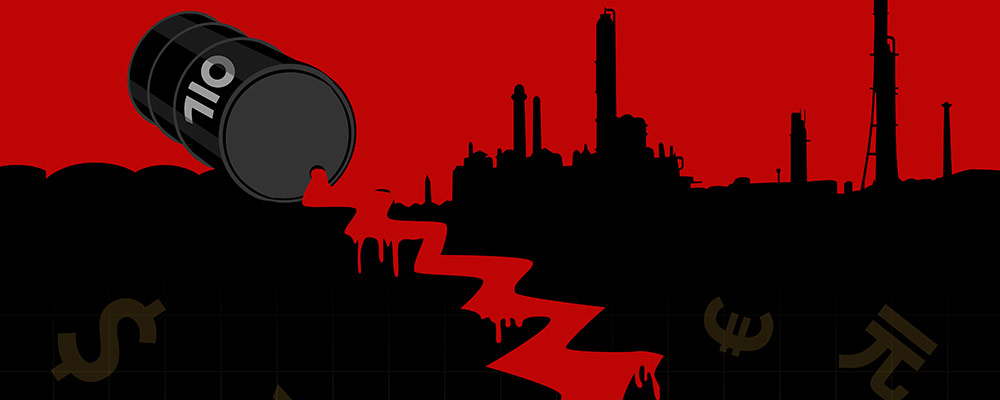Oil touched on its highest price in four years. Brent crude oil closed at $86.29 per barrel on October 3.
Four months ago, few were predicting higher oil prices. OPEC, the cartel of oil-rich nations throughout the Middle East, Africa and South America, said it would halt production cuts.
Those production cuts, which spurred a rally in oil that carried it from $45 per barrel in the first half of 2017 to $80 per barrel, looked to be coming to an end.
Savvy investors knew that this pessimism would be short-lived.
Brent found a bottom in August at $70 per barrel. Prices went on to rally 21% in six weeks.
The bulls had their fun. Now it’s time for the bears to shake out the weak hands before the next rally.
The State of Oil
OPEC is claiming that the market is “well-supplied.” From its perspective, well-supplied means that prices are moving higher.
We have reason to believe that major players in the group are going to keep the trend moving in that direction.
Saudi Arabia, the de facto head of OPEC, delayed the initial public offering (IPO) of state-run Aramco. The kingdom was hoping to raise $1 trillion from the IPO.
King Salman halted the IPO in August. A minister stated that officials were waiting for “more favorable conditions.” That’s code for higher oil prices.
At home, bottlenecks in pipelines and transportation are leaving production maxed out. Railcars, one of the least-efficient ways of moving oil, are being called on to help ease these constraints.
With supply looking to stay tight until at least the new year, that leaves only demand in question.
Barring a sudden economic downturn, demand is set to continue to grow.
Long-Term Trends for Oil
Three groups, the International Energy Agency, the Energy Information Administration and OPEC, all point to increasing demand for oil.
The average estimate of the three groups is for oil demand to increase by 1.5 million barrels per day from 2018 to 2019, according to analysts from Thomson Reuters. That’s an increase of about 1.5% in overall oil demand.
Much of this demand will come from developing markets. As living standards improve, energy use increases.
The long-term trends are in place for higher oil prices. We will see a short pullback in oil form as a correction from the sudden run-up in September.
Look for oil prices to ease lower in the short term before longer-term trends take over again.
Good investing,

Anthony Planas
Internal Analyst, Banyan Hill Publishing










